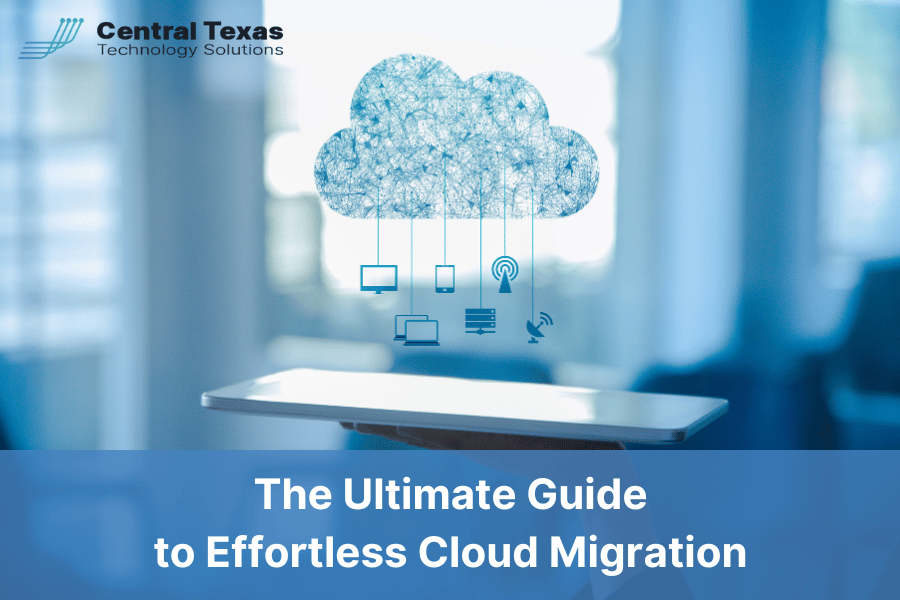
Are you prepared to future-proof your business operations and stay ahead of the competition? Cloud migration has revolutionized business operations, offering unparalleled flexibility, scalability, and resiliency. However, navigating the complexities of cloud migration requires careful planning and strategic execution.
Why Cloud Migration Is a Game-Changer
Adopting cloud infrastructure isn’t just about keeping up with the times—it’s about unlocking tangible benefits. According to the Cloud Industry Forum (CIF), organizations that embrace cloud-based operations experience:
- 32% improved agility
- 29% increased scalability
- 29% cost savings
Global leaders like Netflix and Airbnb have harnessed cloud technology to power massive-scale streaming and global booking systems, respectively. But the cloud’s potential extends far beyond what many businesses realize.
Think Beyond a Single-Cloud Strategy
While most businesses today rely on cloud solutions, many limit themselves to a single service provider. This narrow approach can hinder growth and leave your business vulnerable. Instead, consider multi-cloud strategies that allow you to:
- Distribute workloads across multiple providers.
- Leverage independent tools and metrics for better efficiency.
- Avoid bottlenecks and minimize risks by reducing reliance on a single provider.
By diversifying your cloud approach, you position your business for greater flexibility and stability.
Key Benefits of Multi-Cloud Migration
1. Scalability
Multi-cloud setups enable seamless scaling by distributing workloads across various providers. This ensures that operations can expand without worrying about infrastructure bottlenecks.
2. Resiliency
Even top-tier cloud providers experience outages. Diversifying with multiple providers eliminates single points of failure, ensuring your operations can continue uninterrupted during downtime.
Data Migration Done Right: The 7 Rs Model
Cloud migration isn’t a one-size-fits-all process. The 7 Rs Model offers a clear roadmap for transitioning to the cloud while minimizing challenges:
- Retire: Remove obsolete data or applications.
- Retain: Keep sensitive data in a private cloud or on-premises.
- Rehost: Move applications with minimal changes.
- Relocate: Transfer systems and workloads to a new cloud.
- Repurchase: Opt for cloud-native or SaaS versions of applications.
- Replatform: Modify applications to align with the cloud environment.
- Refactor: Redesign applications to fully leverage cloud capabilities.
Using this model ensures a smooth migration tailored to your business needs.
Choosing the Right Cloud Deployment
With a growing number of cloud providers, selecting the right one can feel overwhelming. Consider these critical factors when making your choice:
- Pricing: Look beyond initial discounts. Watch out for long-term costs and vendor lock-ins.
- Security: Seek providers with strong certifications like ISO, SOC, or GDPR compliance.
- Interoperability: Ensure the provider integrates seamlessly with your current systems.
- Geographic Reach: Opt for providers with a presence in your expansion regions for faster access and minimal latency.
Future-Proof Your Business with Cloud Migration
Cloud migration offers businesses the tools to streamline operations, improve efficiency, and mitigate risks. By adopting a thoughtful, multi-cloud approach and leveraging strategies like the 7 Rs Model, your organization can unlock the full potential of the cloud. Take the leap today and position your business for effortless scalability and success.
Frequently Asked Questions (FAQs) About Cloud Migration
1. What is the biggest challenge of cloud migration?
The primary challenge is ensuring compatibility between cloud providers and existing systems. Planning with the 7 Rs Model can help address this effectively.
2. How can multi-cloud strategies improve resiliency?
Multi-cloud strategies eliminate single points of failure by distributing workloads across multiple providers, allowing seamless transitions during outages.
3. What factors should I prioritize when choosing a cloud provider?
Focus on pricing, security certifications, interoperability with existing systems, and geographic reach to ensure the provider aligns with your business needs.
Contact CTTS today for IT support and managed services in Austin, TX. Let us handle your IT so you can focus on growing your business. Visit CTTSonline.com or call us at (512) 388-5559 to get started!
